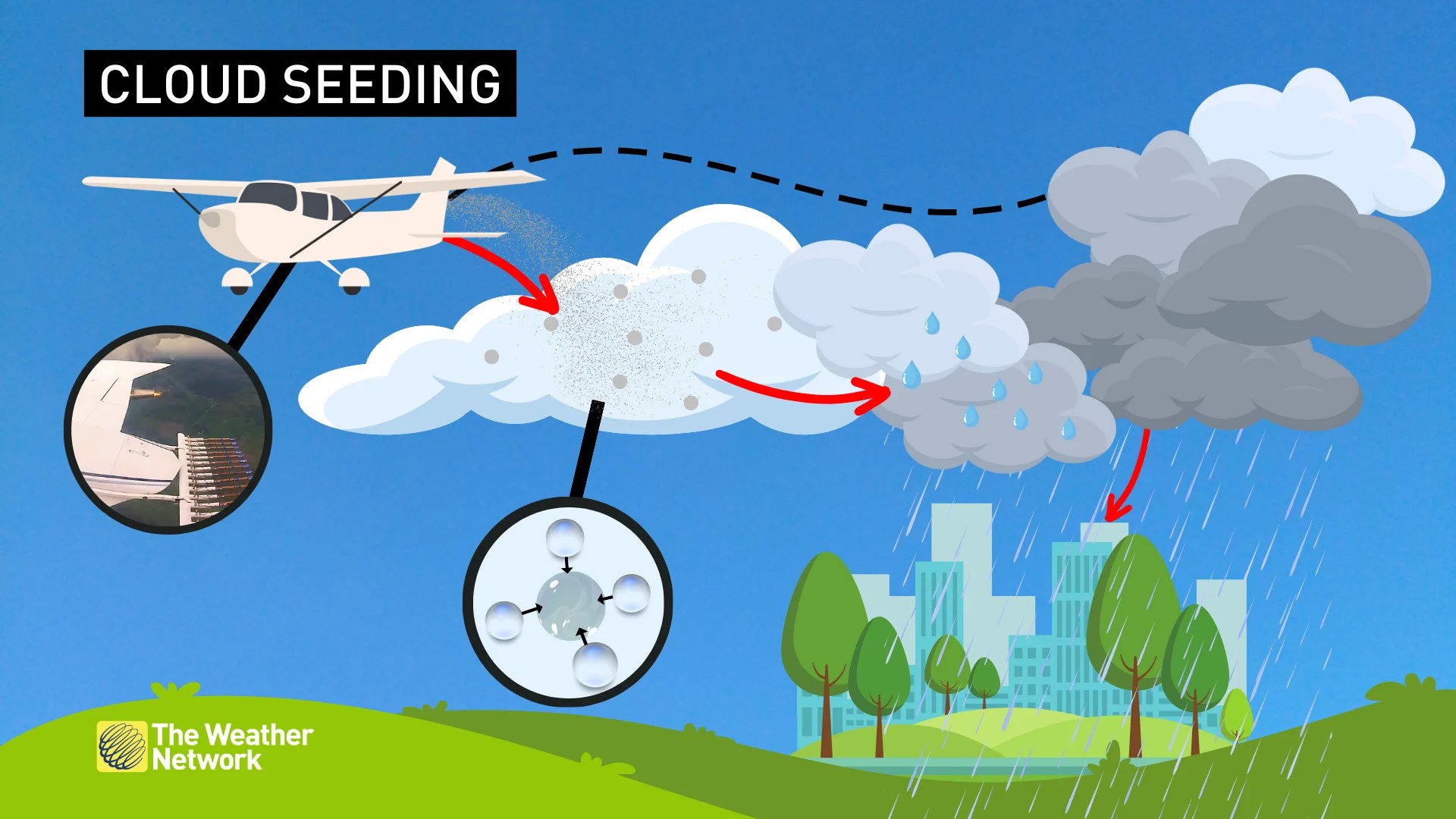To combat the dangerous drought hitting Sicily, some believe he can solve the problem Through “cloud seeding”: the artificial insemination of clouds to produce rain. Over the past 70 years, the technique has been trialled in about a dozen countries, including Italy, with a brief campaign in the 1980s, to try to put an end to the dangerous drought that has brought Puglia to its knees.
Due to missed goals and extremely high costs, most of these countries abandoned the projects. Today there are countries, led by China and the United Arab Emirates, that are implementing this technology, even if the results of these experiments have not been published in a scientific journal before.
How did this technology originate?
In the 1960s, he was a self-taught American chemist Vincent Joseph Schaeffer, With precious help from the world Bernard VolnegutThey invented the famous cloud seeding method Cloud seeding.
During a series of experiments in the laboratory they understood this by entering into… dry ice, A substance also known as carbon ice. (carbon dioxide in the solid state, which reaches below -78.5 degrees Celsius), It was possible to recreate the cloud.
In a short time, a milky-looking cloud appeared, composed of countless ice crystals. A few weeks later, his assistant Vonnegut discovered that… Silver iodide (a salt with a crystalline structure very similar to that of regular ice) It was also an effective nuclear component.
The first successes of this technology Cloud seeding They arrived with laboratory tests. Then we started seriously, with the first experiments in the atmosphere, using small aircraft, capable of flying at not particularly high altitudes, between the clouds.
The first meteorologists had doubts about the effectiveness of this technique
However, initial enthusiasm was dampened by American meteorologists who questioned the merits of this method, given the lack of clear evidence of direct effectiveness.
In fact, to understand whether the method Cloud seeding It was really effective, and it was necessary to have the same type of clouds, without the dispersion of silver iodide, to understand whether they were capable of producing rain even without artificial pollination.
Despite efforts to prove that cloud seeding carried out in various campaigns has changed the behavior of the atmosphere in different regions of the United States, Detailed analysis of weather records has not confirmed such a fact.
This is because clouds are the result of complex dynamic processes occurring in the atmosphere, constantly changing, second after second, minute after minute. Only in some favorable surroundings has cloud seeding succeeded.
There are still technical limitations to knowing which area of the cloud environment and at what time farming can be completed successfully. In short, without the help of the atmosphere, this technology is unproductive.
Steps forward today
Today, thanks to new experimental methods, great progress has been made in cloud seeding techniques, but the ability to modify them at will and changing meteorological conditions remains very limited. Currently alone China and UAE They continue to invest in cloud seeding technology. But the results, especially with regard to cost-benefit analysis, are far from encouraging.
In short, to see the end of this drought, we can only wait for the rainy autumn and winter disturbances, hoping that we will not witness another stingy season of rain and snow in the mountains.

“Reader. Travel maven. Student. Passionate tv junkie. Internet ninja. Twitter advocate. Web nerd. Bacon buff.”




